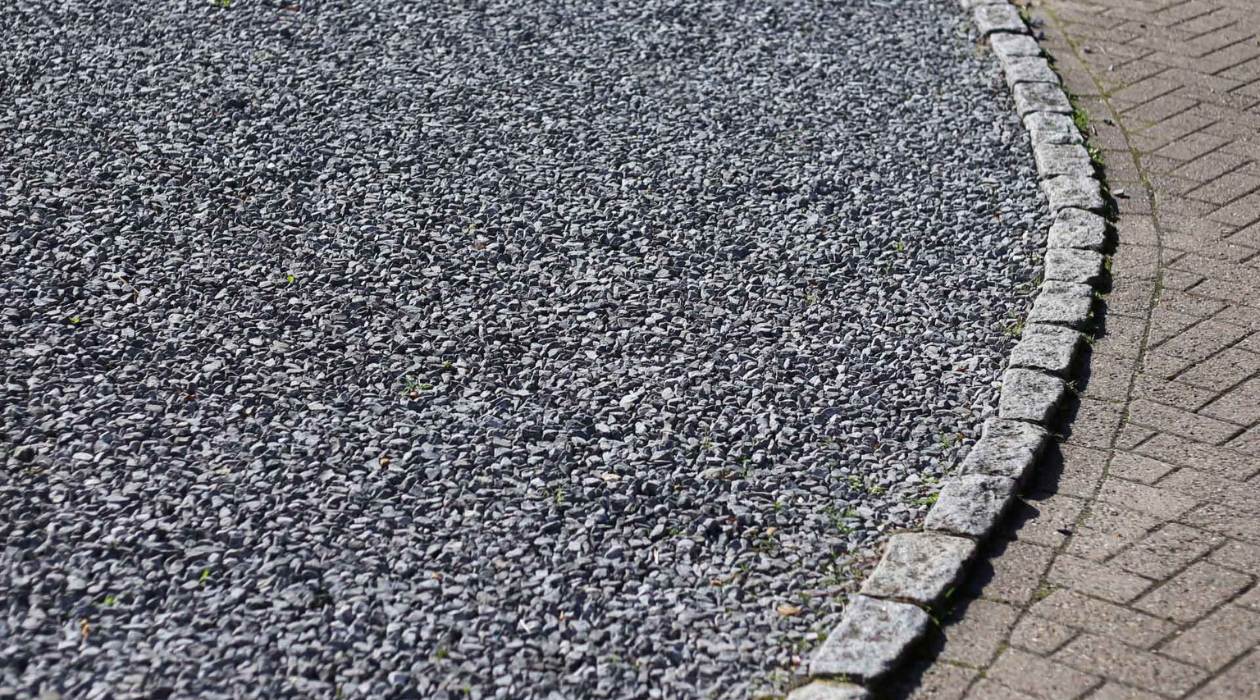

Articles
How Much Driveway Gravel Do I Need
Modified: February 23, 2024
Find out how much driveway gravel you need for your project with our informative articles. Get expert advice and calculate the right amount to achieve the perfect result.
(Many of the links in this article redirect to a specific reviewed product. Your purchase of these products through affiliate links helps to generate commission for Storables.com, at no extra cost. Learn more)
Introduction
When it comes to creating a functional and visually appealing driveway, gravel is a popular choice. It offers durability, affordability, and versatility, making it suitable for various types of properties. However, before embarking on your driveway gravel project, it is crucial to determine how much gravel you will need. Estimating the right amount of gravel is essential to ensure you have enough material for the job without overspending or ending up with an insufficient amount.
In this article, we will guide you through the process of calculating the quantity of gravel required for your driveway project. We will explore the key factors to consider, explain how to calculate the area of your driveway, and help you determine the appropriate depth of gravel. By the end, you will have a clear idea of how much driveway gravel you need, allowing you to plan your project effectively and minimize any potential setbacks.
Key Takeaways:
- Calculate driveway gravel by multiplying length and width for square/rectangular driveways. Break down irregular shapes into smaller sections for accurate area calculation.
- Estimate gravel needed by multiplying driveway area by desired depth. Consider adding 10-20% buffer for variations and consult professionals for specific recommendations.
Read more: How Much Gravel Do I Need For A Patio?
Factors to Consider
Before you start calculating the amount of gravel needed for your driveway, there are several factors you should take into account. These factors will influence the total quantity of gravel required and ensure that you achieve the desired results for your project.
- Driveway Size: The size and dimensions of your driveway will determine the amount of gravel needed. A larger driveway will naturally require more gravel than a smaller one. Measure the length and width of your driveway to get an accurate estimate.
- Driveway Shape: The shape of your driveway can also impact the amount of gravel required. A straight, rectangular driveway will be easier to calculate, while a curved or irregular-shaped driveway may require some additional measurements and calculations.
- Existing Surface: Consider the condition of your existing driveway surface. If you have an old asphalt or concrete driveway that needs resurfacing with gravel, you may need less material compared to building a completely new gravel driveway from scratch.
- Desired Gravel Depth: The depth of gravel you want for your driveway is another critical factor to consider. This will depend on your preferences, the intended use of the driveway, and the climate in your area. Generally, a depth of 4-6 inches is recommended for residential driveways.
- Driveway Slope: If your driveway has a steep slope, it may require additional gravel to prevent erosion and ensure proper drainage. Sloping driveways may need extra gravel to create a stable and level surface.
- Climate and Weather: Your geographic location and the prevailing weather conditions will also play a role. If you live in an area with heavy rainfall or snowfall, you may need more gravel to provide proper drainage and prevent water accumulation or ice formation.
By considering these factors, you will be better equipped to calculate the appropriate amount of gravel needed for your driveway project. Understanding the unique requirements of your specific situation will help you avoid underestimating or overestimating the quantity of gravel required, ensuring a successful and cost-effective outcome.
Calculating the Area of the Driveway
To determine the amount of gravel needed for your driveway, you first need to calculate the area of the driveway. This calculation will give you the square footage, which is necessary for estimating the quantity of gravel required.
To calculate the area of a rectangular or square-shaped driveway, simply multiply the length by the width.
Area = Length × Width
If your driveway is irregularly shaped or has curved sections, break it down into smaller, manageable sections. Calculate the area of each section separately, and then add the individual results together to obtain the total area.
For example, let’s say you have a rectangular driveway that measures 30 feet in length and 10 feet in width.
Area = 30 ft × 10 ft = 300 square feet
Once you have determined the total area of your driveway, make sure to convert the measurements into the same unit, either feet or meters, to maintain consistency throughout your calculations.
Remember to consider any additional areas or features that might require gravel, such as parking spaces or turnarounds. Take accurate measurements of these spaces and add their areas to the total driveway area calculation.
By accurately calculating the area of your driveway, you will have a solid foundation for estimating the quantity of gravel needed to cover the entire surface area effectively.
To calculate the amount of gravel needed for your driveway, measure the length, width, and depth of the area. Then use an online gravel calculator to determine the quantity needed.
Determining the Depth of Gravel
Once you have calculated the area of your driveway, the next step is to determine the appropriate depth of gravel. The depth of gravel will depend on various factors, including the intended use of the driveway and the climate in your area.
The general recommendation for a residential driveway is a gravel depth of 4-6 inches. This depth allows for proper drainage, stability, and longevity of the driveway. However, if you live in an area with heavy rainfall or snowy winters, you may want to consider a slightly deeper gravel depth to ensure adequate drainage and prevent water accumulation.
To determine the depth of gravel, consider the following factors:
- Driveway Usage: How frequently will your driveway be used? If you expect heavy traffic or plan to park heavy vehicles, you might want to opt for a thicker layer of gravel to withstand the weight and provide better support.
- Climate Conditions: Consider the weather patterns in your area. If your region experiences freezing temperatures and frost heave, a thicker layer of gravel can help prevent damage and shifting caused by ground freezing and thawing cycles.
- Budget and Cost: A deeper layer of gravel will require more material, which can impact your overall project cost. Take your budget into account when determining the gravel depth.
It’s important to strike a balance between an adequate gravel depth and your budget constraints. Remember that a thicker layer of gravel provides better stability and durability, but it may increase your material and cost requirements.
Take the time to assess your specific needs and consider consulting with professionals or local suppliers who can provide recommendations based on your driveway’s unique characteristics and your regional climate.
By determining the appropriate depth of gravel, you can ensure a solid foundation for your driveway and optimize its performance and longevity.
Estimating the Total Gravel Needed
Now that you have calculated the area of your driveway and determined the depth of gravel, it’s time to estimate the total amount of gravel required for your project. This estimation will help you purchase the right quantity of gravel, avoiding unnecessary costs and ensuring that you have enough material to complete the job.
To estimate the total gravel needed, you will multiply the area of your driveway by the depth of gravel desired. Remember to convert the measurements into the same unit to maintain consistency.
Total Gravel Needed = Area of Driveway × Depth of Gravel
For example, let’s say you have a rectangular driveway with an area of 300 square feet and you want a gravel depth of 4 inches.
First, convert the depth to the same unit as the area measurement. Since 1 foot is equal to 12 inches, 4 inches is equivalent to 4/12 feet or 0.33 feet.
Total Gravel Needed = 300 square feet × 0.33 feet = 99 cubic feet
Keep in mind that the total gravel needed is typically measured in cubic feet or cubic yards, depending on where you purchase the gravel. To convert cubic feet to cubic yards, divide the result by 27 (since 1 cubic yard is equivalent to 27 cubic feet).
To ensure accuracy, it’s always a good idea to add a little extra gravel to account for minor variations in depth and compaction. A 10-20% buffer is generally recommended to account for these factors, especially if you are ordering bulk gravel delivery.
Additionally, if your driveway has uneven or sloping sections, you may need to adjust your calculations accordingly. Measure the individual areas and depths of each section separately and sum them up to get the total gravel needed.
By estimating the total gravel needed, you can confidently purchase the appropriate amount of material and ensure a smooth and efficient driveway gravel project.
Read more: How Much Driveway Sealer Do I Need
Conclusion
Calculating the amount of gravel needed for your driveway is a crucial step in ensuring a successful and cost-effective project. By considering factors such as the size of your driveway, its shape, the existing surface, desired gravel depth, driveway slope, and climate conditions, you can make accurate estimations and plan accordingly.
Begin by calculating the area of your driveway, taking measurements and breaking down any irregular or curved sections into smaller manageable areas. This will give you the square footage required for the project. Remember to convert all measurements into the same unit for consistency.
Next, determine the appropriate depth of gravel based on factors such as driveway usage, climate conditions, and budget constraints. Aim for a gravel depth of 4-6 inches for residential driveways, and consider adding a thicker layer if you expect heavy traffic or live in an area with harsh weather conditions.
Once the area and depth are established, estimate the total gravel needed by multiplying the area of the driveway by the depth of gravel desired. This calculation will give you the total cubic feet or cubic yards required for your project. Consider adding a buffer of 10-20% to account for minor variations in depth and compaction.
It is always wise to consult with professionals or local suppliers who can provide expert advice specific to your driveway’s needs and your regional climate. They can guide you on the best practices and materials to ensure a durable and visually appealing gravel driveway.
By carefully planning and estimating the quantity of gravel needed, you can avoid unnecessary costs, ensure sufficient material supply, and create a functional and attractive driveway that will withstand the test of time.
Remember, a well-executed driveway gravel project starts with accurate calculations and proper planning. Take your time, gather the necessary measurements, and be mindful of the factors discussed in this article. With this knowledge, you can confidently embark on your driveway gravel project and enjoy the benefits of a well-crafted and aesthetically pleasing driveway.
Frequently Asked Questions about How Much Driveway Gravel Do I Need
Was this page helpful?
At Storables.com, we guarantee accurate and reliable information. Our content, validated by Expert Board Contributors, is crafted following stringent Editorial Policies. We're committed to providing you with well-researched, expert-backed insights for all your informational needs.
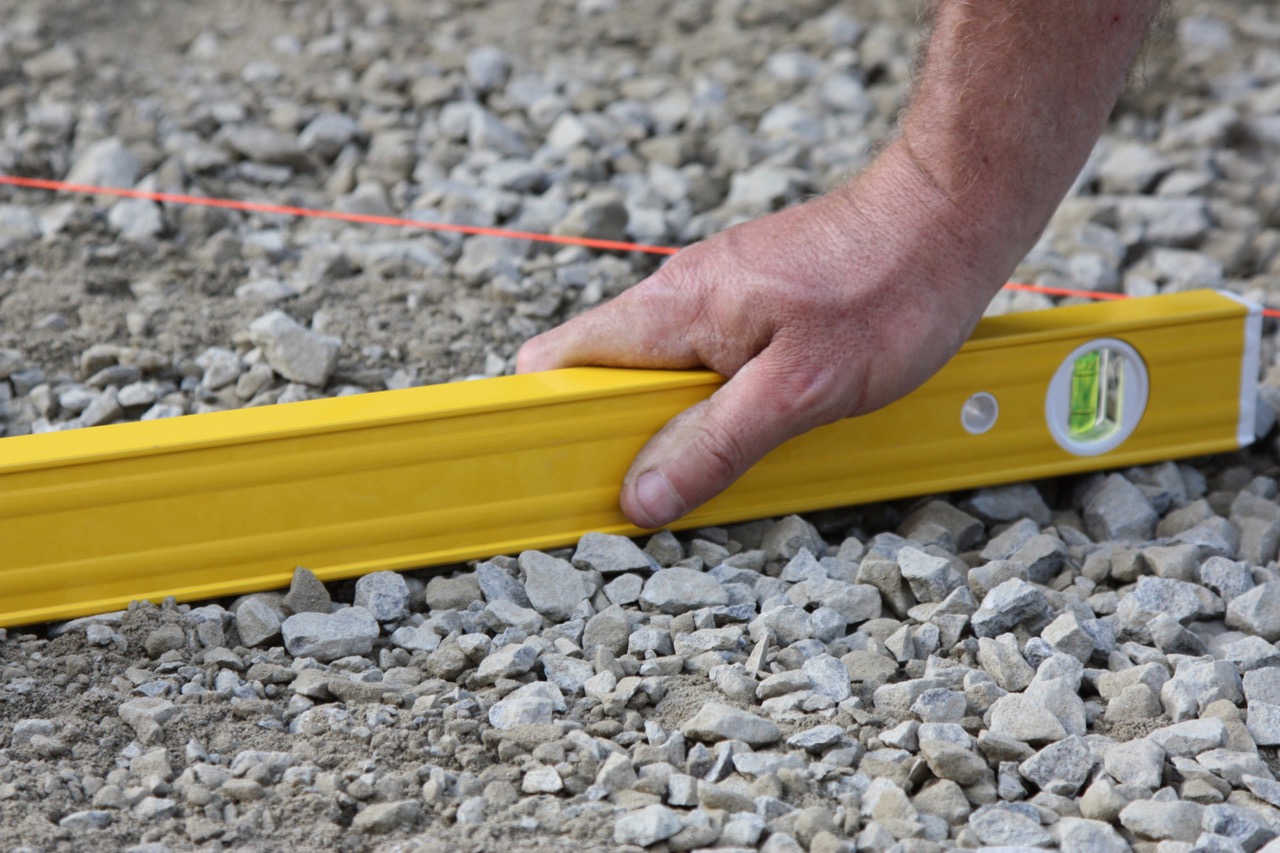
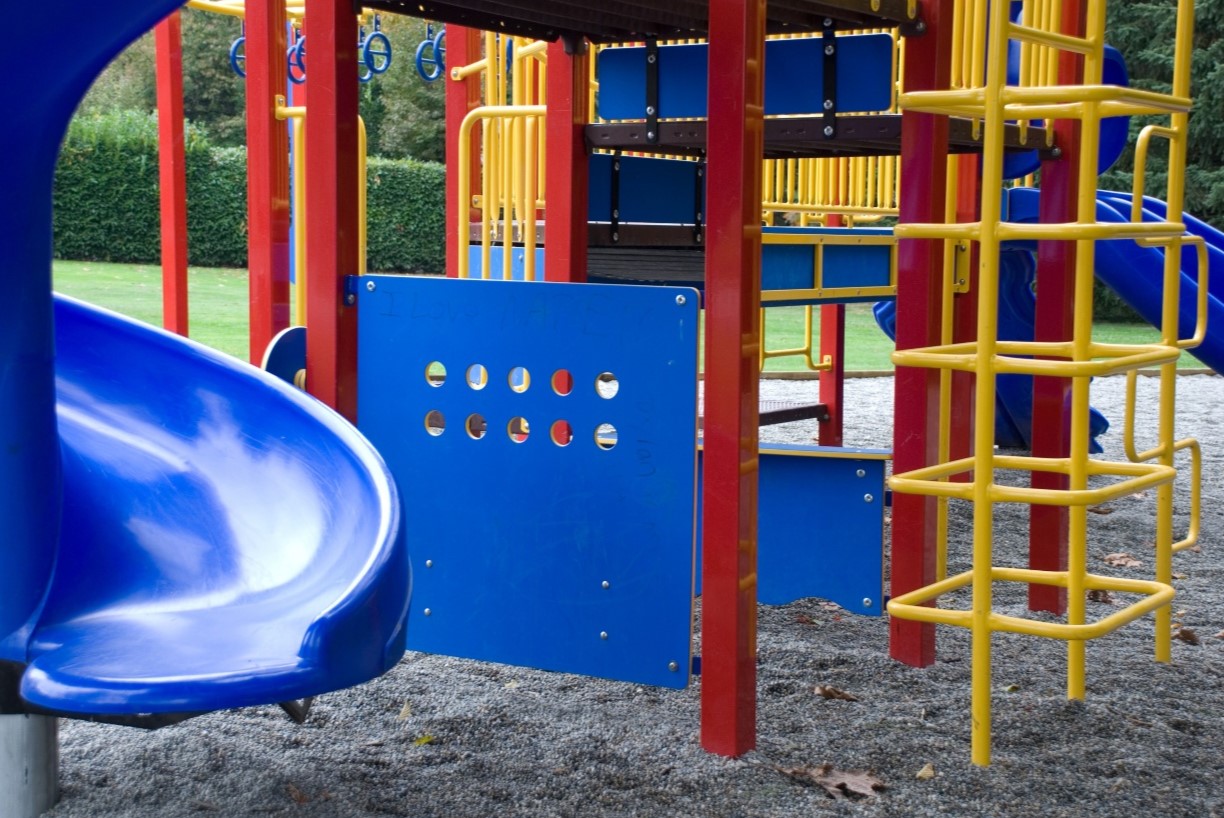
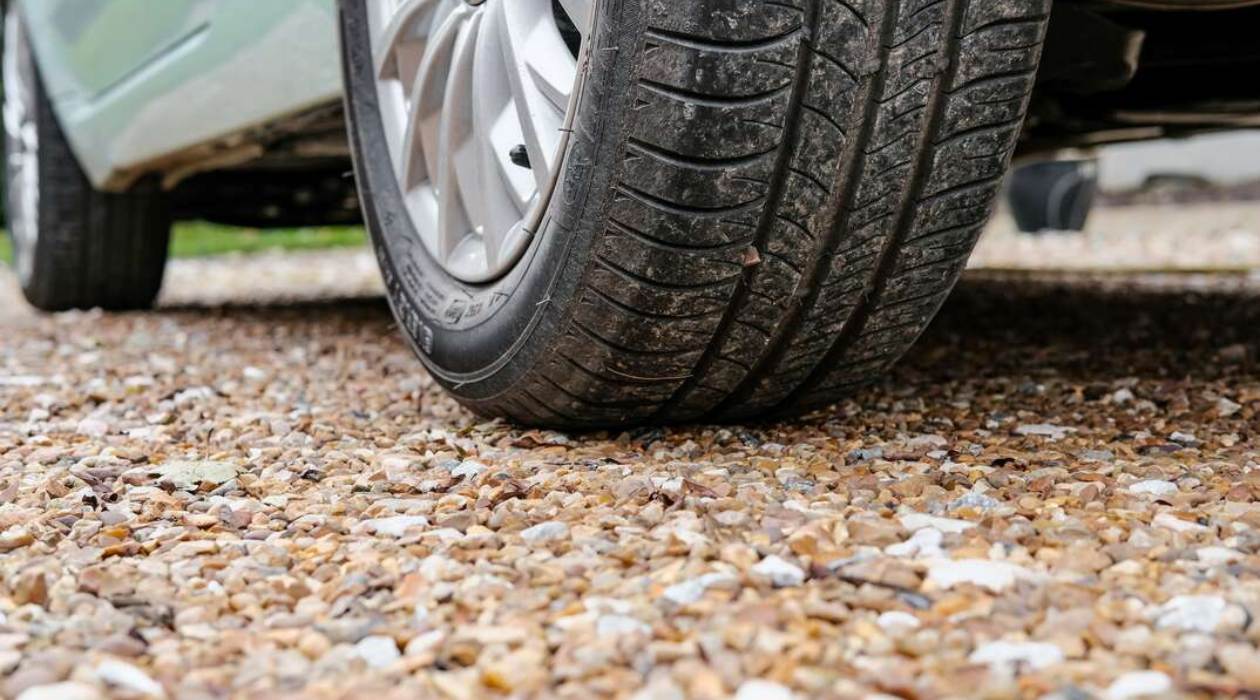


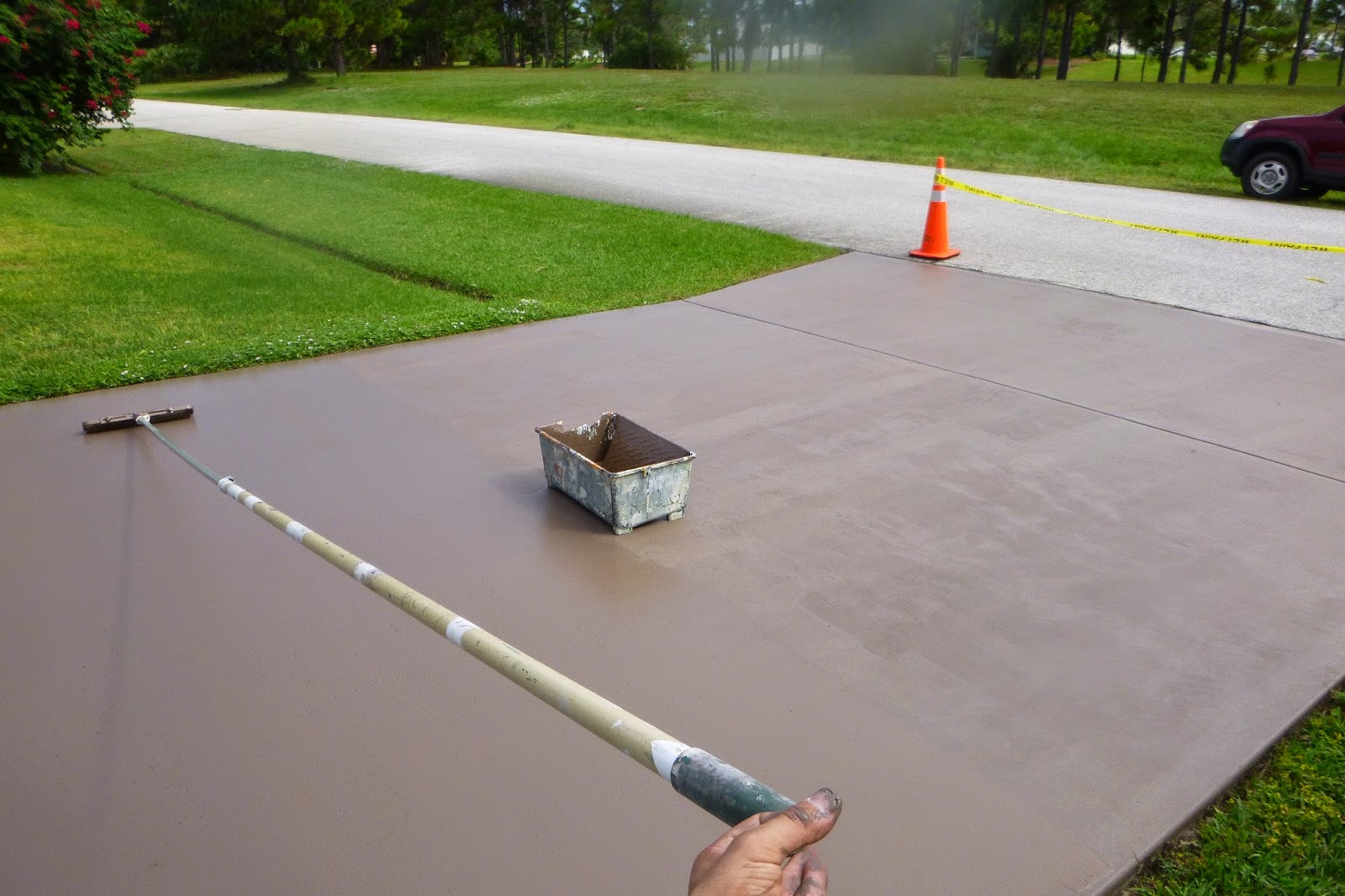
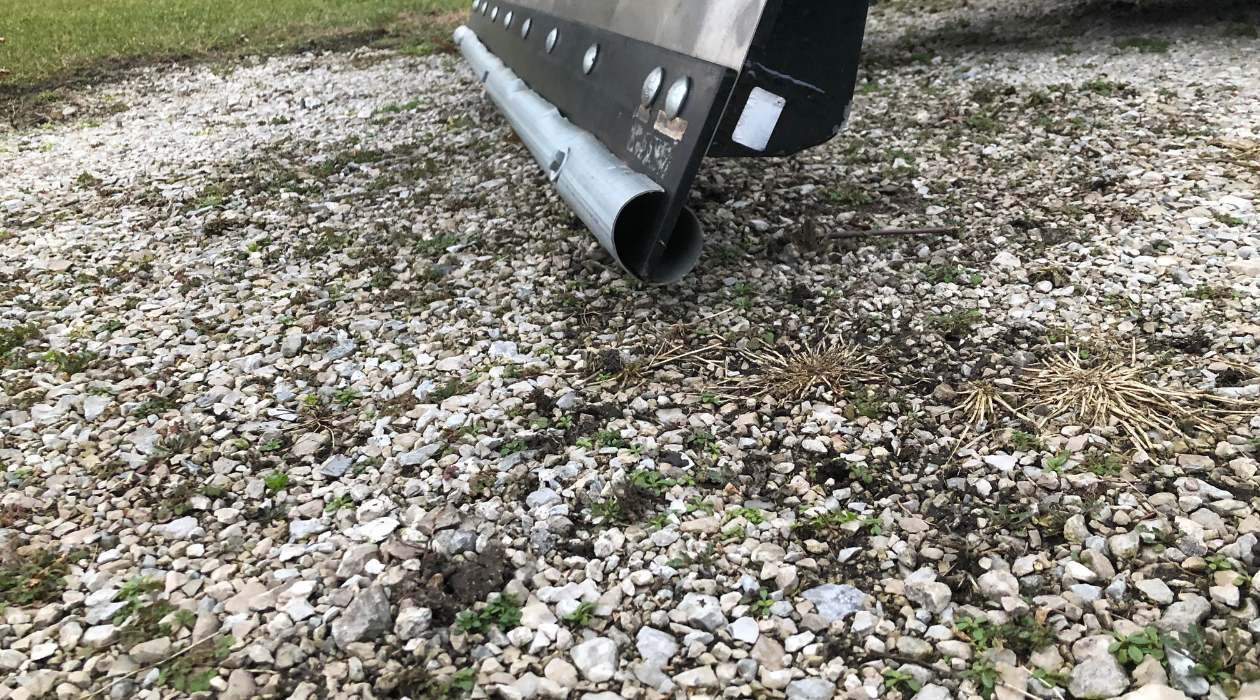
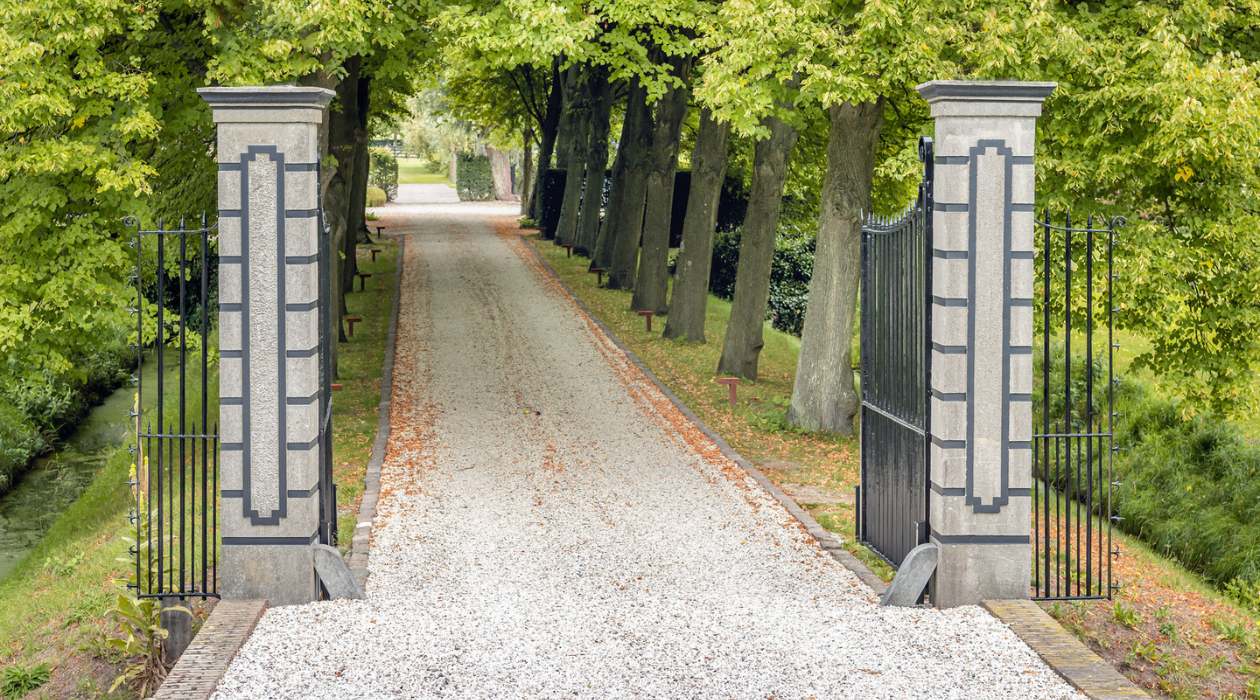
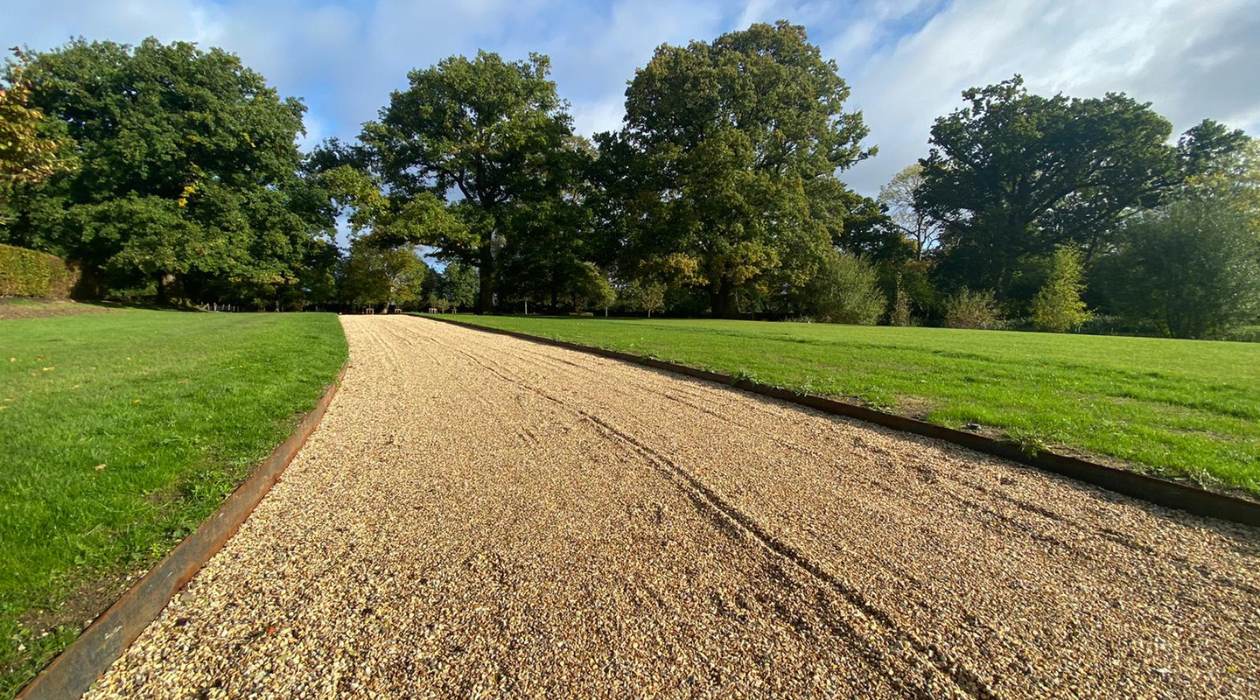
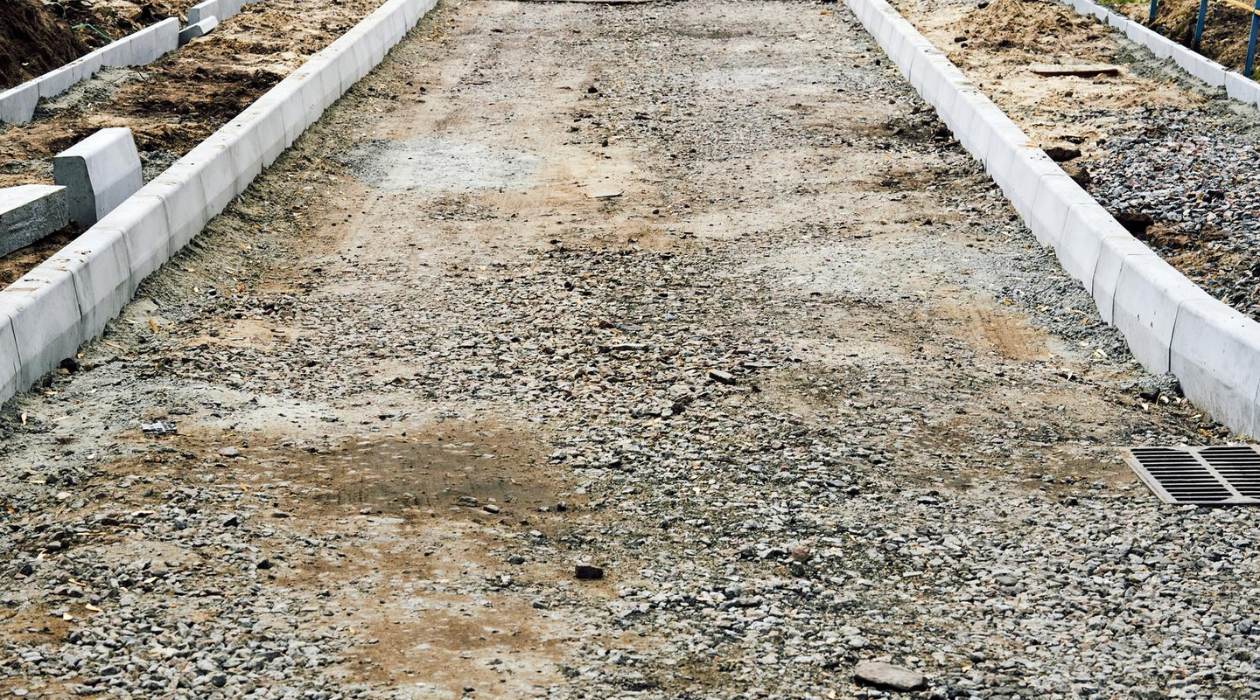
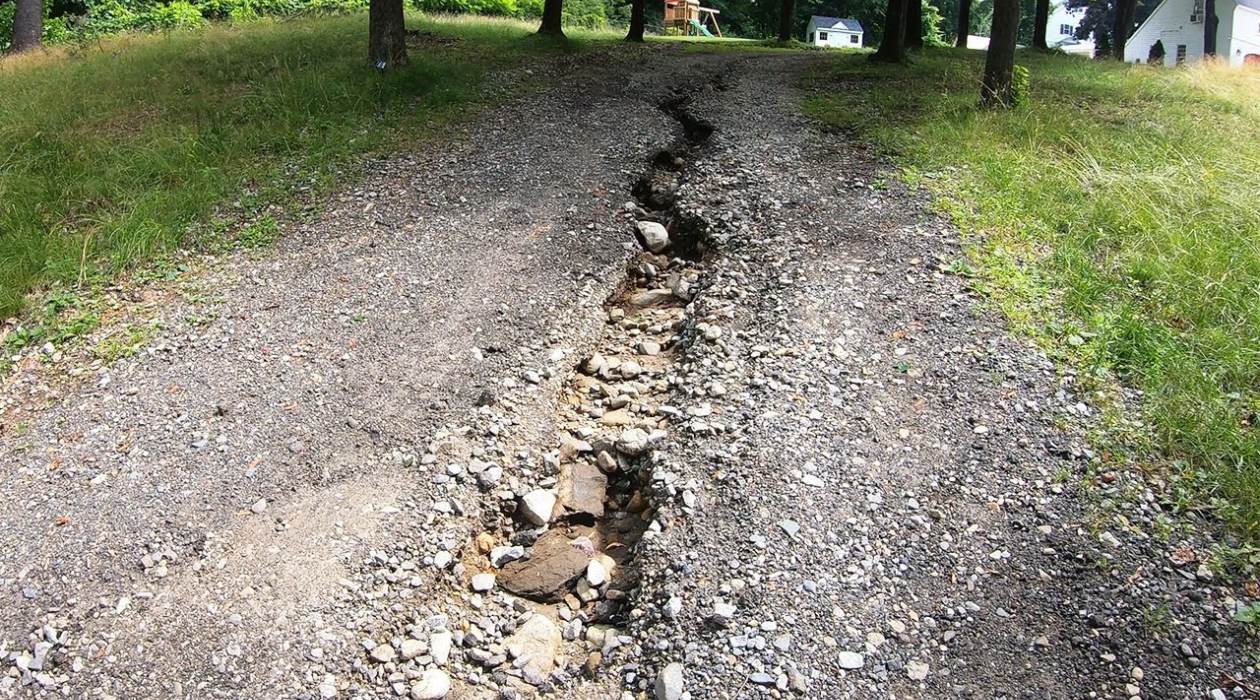


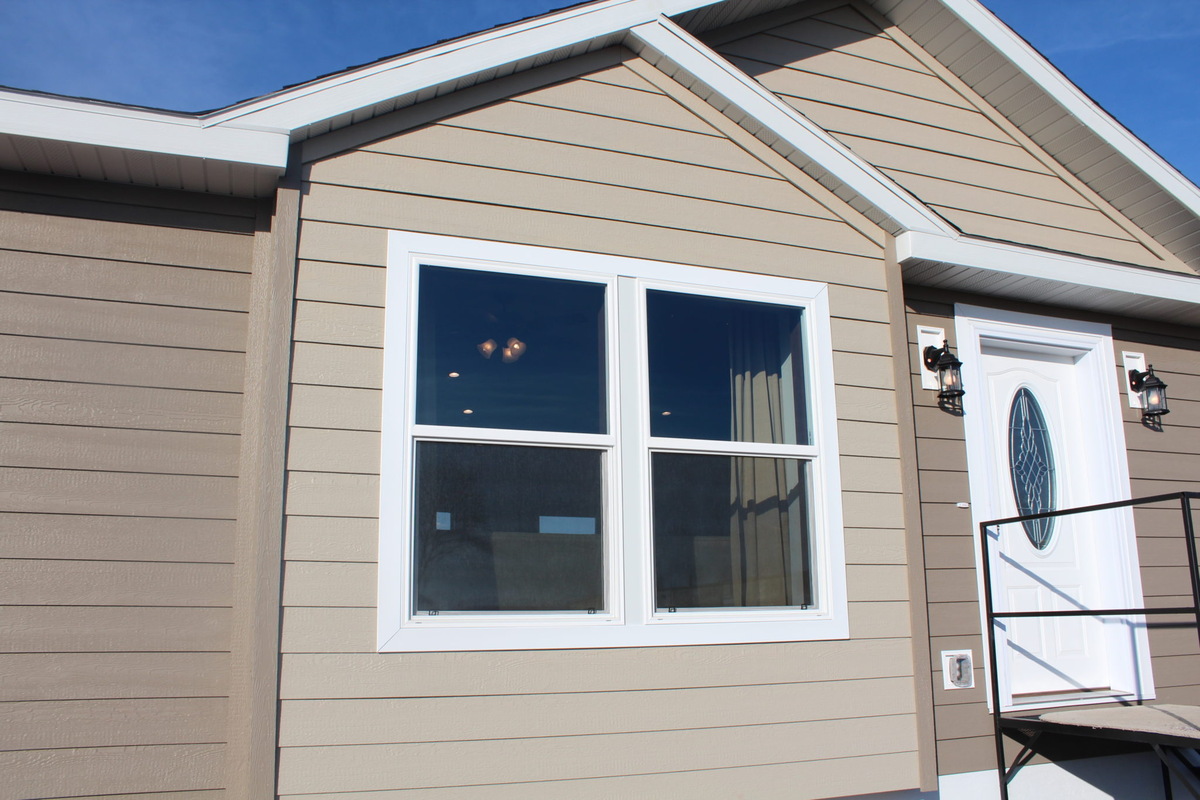

0 thoughts on “How Much Driveway Gravel Do I Need”